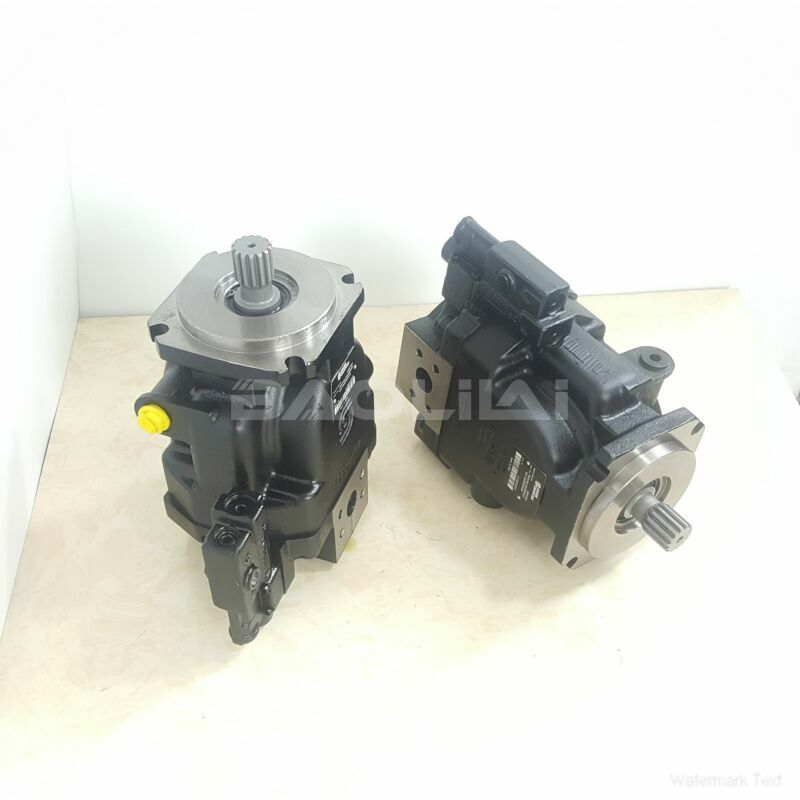FRL090CLS2520NNN3K4A2A1NNNNNNNNNN danfoss pump
FRL090CLS2520NNN3K4A2A1NNNNNNNNNN danfoss pump

- Product Details
- Applicable Scene
In an era where electronic waste (e-waste) is becoming a significant environmental concern, companies are increasingly focusing on developing solutions that not only streamline their products’ lifecycle but also promote sustainable practices. Danfoss, a global leader in engineering and technology, has made strides in this arena, particularly through its innovative hydraulic pumps. This article explores the impact of Danfoss hydraulic pumps on reducing e-waste through efficient recycling initiatives.
FR-L-090C-LS-25-20-NN-N-3-K4A2-A1N-NNN-NNN-NNN
FRL090CLS2520NNN3K4A2A1NNNNNNNNNN
E-waste includes discarded electronic appliances and components, which often end up in landfills. The rapid pace of technological advancement exacerbates this issue as products become obsolete quicker than they can be recycled. Hydraulic pumps, being essential in a wide array of industrial applications, can contribute to the e-waste problem if not managed correctly. Danfoss addresses this issue by designing hydraulic pumps with longevity, serviceability, and recyclability in mind.

83002590
One key aspect of Danfoss hydraulic pumps is their durability and modular design. By engineering products that are built to last and can be easily repaired, Danfoss helps to extend the lifespan of hydraulic systems. This proactive approach reduces the frequency of replacements and, consequently, the amount of e-waste generated. A pump that can be serviced rather than discarded significantly lowers the environmental impact associated with the production and disposal of new units.
Moreover, Danfoss has implemented recycling programs specifically targeted at their hydraulic pump products. These programs focus on reclaiming valuable materials from outdated or malfunctioning pumps, effectively diverting them from landfills. By encouraging customers to return their end-of-life products, Danfoss not only recycles precious metals and components but also fosters a circular economy. This initiative not only mitigates e-waste but also reduces the demand for new raw materials, leading to lower carbon emissions.





